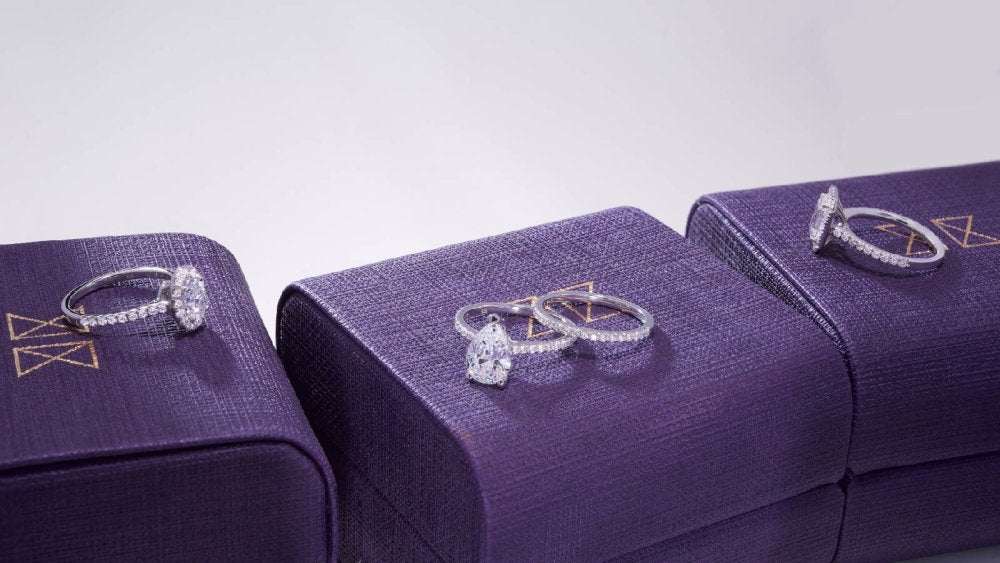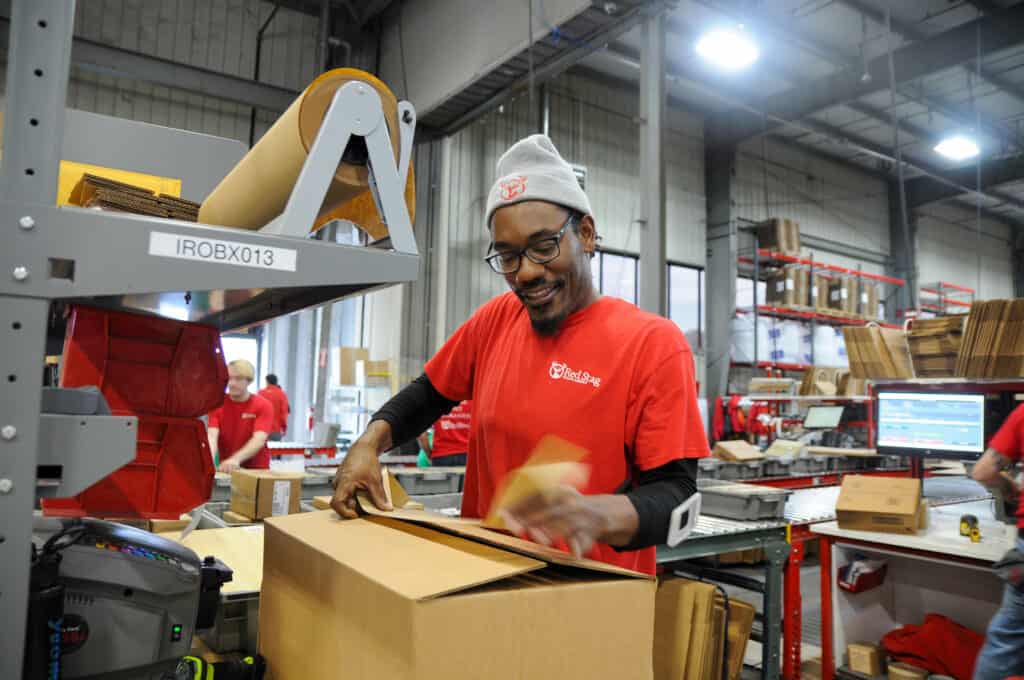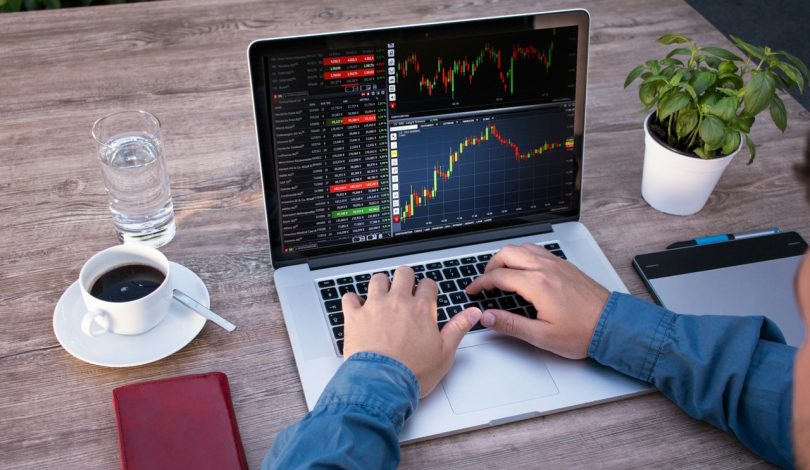Today’s grocery store features over 40,000 products from front to back – giving consumers more choices than ever before. Whether your product is a jar of spicy pickles or an all-natural energy drink – consumers tend to judge a product by its cover. You may think that the inside of your product packaging is all that matters but you couldn’t be more wrong in today’s competitive environment. The look of the package affects how a product is perceived in terms of quality and palatability. In order to gain traction in a supermarket you need to win an ever-growing popularity contest or your great product will have a short shelf life.
Customers often make decisions as to the quality of your food product by assessing whether they can reclose or seal a bag – or whether your container is capable of keeping things fresh as long as possible. Remember, the appearance of a package is key to establishing your product’s identity and if the wrapper or container looks mediocre, that perception may hurt your sales.

Since retail shelf space is at a premium in virtually any store, you can expect department managers to pick winners and losers based on sales and momentum. If you want a shot at premium eye-level locations, you need to make sure your product packaging is both functional and eye-catching.
It’s equally important to understand the demographics of the audience you’re pitching your product to and the location of the supermarkets you intend to sell your products in. When we go to the grocery store, we seldom shop on logic alone. We may not even buy on price. We buy one type of yogurt over another because of brand loyalty, or because one brand has more appealing packaging than another.
The moral of the story is that looks matter. Obviously, your product has to deliver in terms of flavor, texture, and a host of other factors but ensuring that your product packaging sends the right message and makes a solid impression is equally essential.
Tags: food broker, in-store merchandising, retail sales














